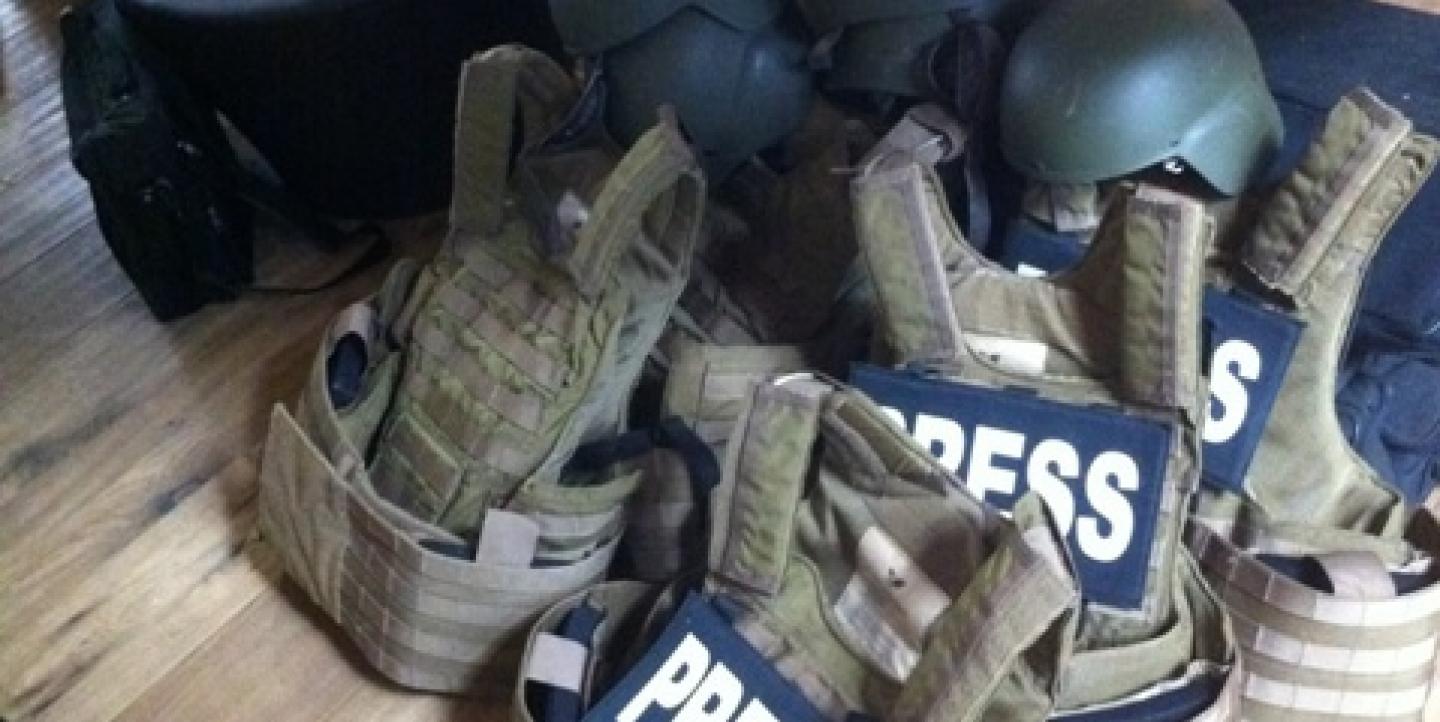Danger for freelancers is at an all time high, according to the Committee to Protect Journalists (CPJ).
The beheadings in recent months of James Foley, Steven Sotloff and Kenji Goto by Islamic State extremists underscored the risks. All three were operating independently in Syria when captured.
Their deaths reignited a debate on two fronts: the need for safety standards for freelance journalists covering conflict and the responsibility of media organizations that use the stories, photos and videos they produce.
This time the media industry took action.
In what is being hailed as an unprecedented effort, a global coalition of media watchdogs, freelance journalists and major news outlets released a set of safety principles and practices in February.
So far, 30 organizations -- Associated Press, Reuters, Agence France Press, BBC, PBS Frontline and Bloomberg, among them -- have signed on. The International Center for Journalists, CPJ, Reporters Without Borders and the International Press Institute are also signatories.
CPJ Deputy Director Robert Mahoney called the move “a first step in a long campaign to convince other news organizations and journalists to adopt these standards.”
This push for greater safety comes at one of the most dangerous times on record for media professionals. The past three years are the most deadly period CPJ has recorded. Fifteen journalists were killed for their work in January; more than a third were freelancers.
There has been an ongoing debate about freelance journalists going into high-risk regions without the support afforded to full-time staffers. Many lack the basics, such as insurance, proper protective gear, security advisors and support from the media outlets they serve.
Yet, with cash-strapped newsrooms cutting back on overseas staff, the demand for independent operators remains high.
To help remedy the situation, the coalition created protocols both for freelancers and news organizations that commission their work.
The guidelines urge freelancers to learn first aid, take hostile environment training and stay up-to-date on standards of care and safety -- both physical and psychological -- to help themselves or injured colleagues in the field.
They are encouraged to make careful risk assessments before traveling to hazardous zones and measure the journalistic value of an assignment against risks.
The guidelines for media organizations emphasize that freelancers should be treated with the same high regard as full-time staffers. News managers should “be aware of, and factor in, the additional costs of training, insurance and safety equipment in war zones.”
The guidelines addressed a common complaint among freelancers: “When setting assignments, news organizations should endeavor to provide agreed upon expenses in advance, or as soon as possible on completion of work, and pay for work done in as timely a manner as possible.”
BBC World Affairs Producer Stuart Hughes cautioned that the principles are “a work in progress, which won’t solve the problems faced by freelancers overnight. Areas such as the status of stringers and buying material on spec have still to be addressed,” he wrote two days after the guidelines were released.
A list of the guidelines and signatory organizations can be found here.
Image CC-licensed on Flickr via Fredrik Malm


